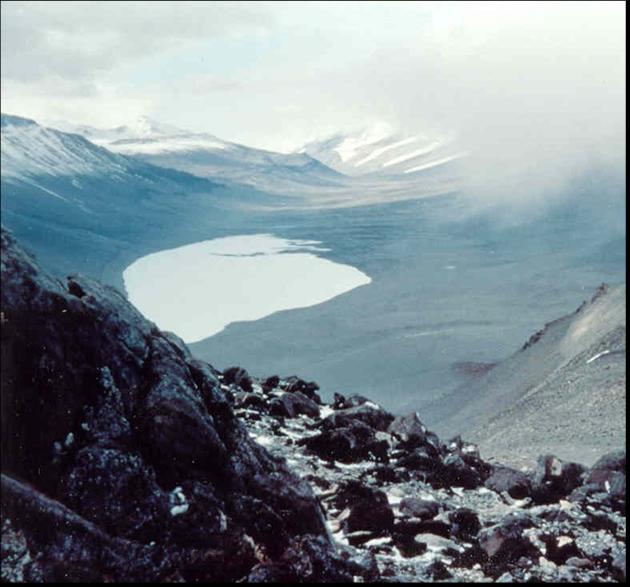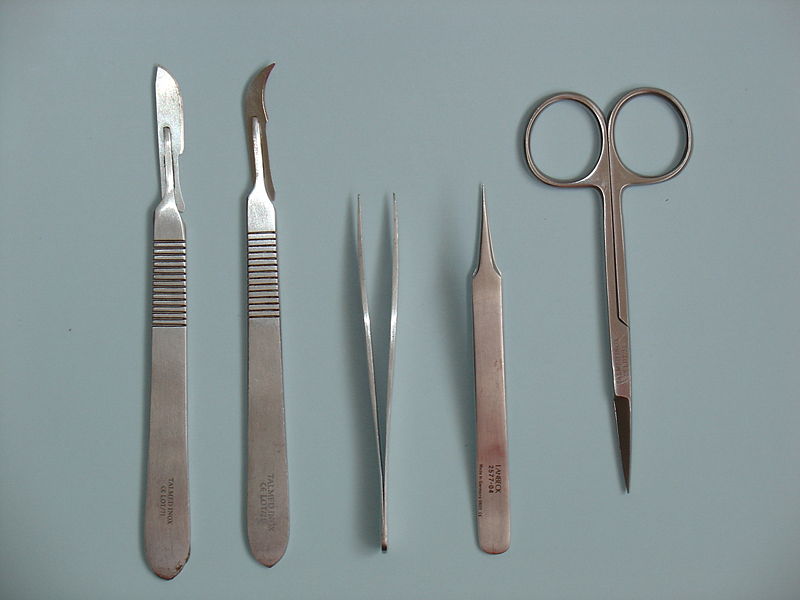Habitat
Deinococcus radiodurans was first isolated when it spoiled a can of meat that had been sterilized using gamma radiation. Since then, D. radiodurans has been discovered in a wide variety of habitats. The mechanisms of survival allow it to withstand long periods of desiccation. Most organisms are dependant on water, which limits their habitats. This organism can be vacuum dried for six weeks and still remain viable.

Photo of Lake Vanda, Wright Valley in Antarctica
Photo and permission from Dr. Bonnie Bratina
It can be found on every continent. It was even found growing on weathered granite in Antarctica! Even though this bacteria is rare, D. radiodurans widely distributed in the soil. It also regularly colonizes ground meat and sewage, but don't let that turn you off. It has been isolated from some more interesting locations including radiation sterilized surgical tools, filtered air, and my personal favorite, elephant dung at the zoo.
How Does Deinococcus radiodurans compare to other bacteria around the globe?

